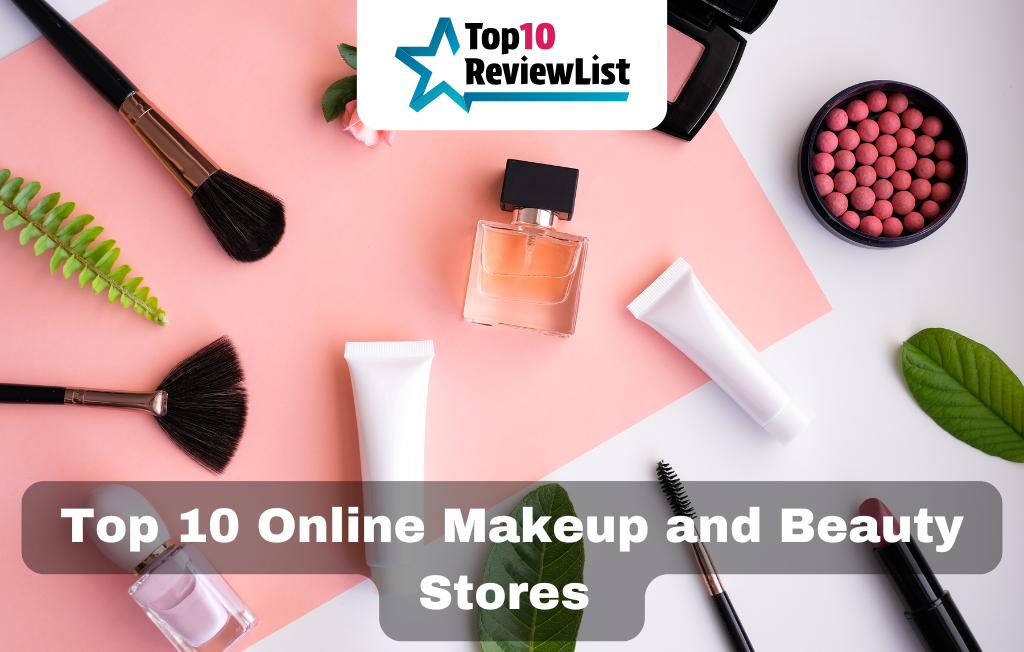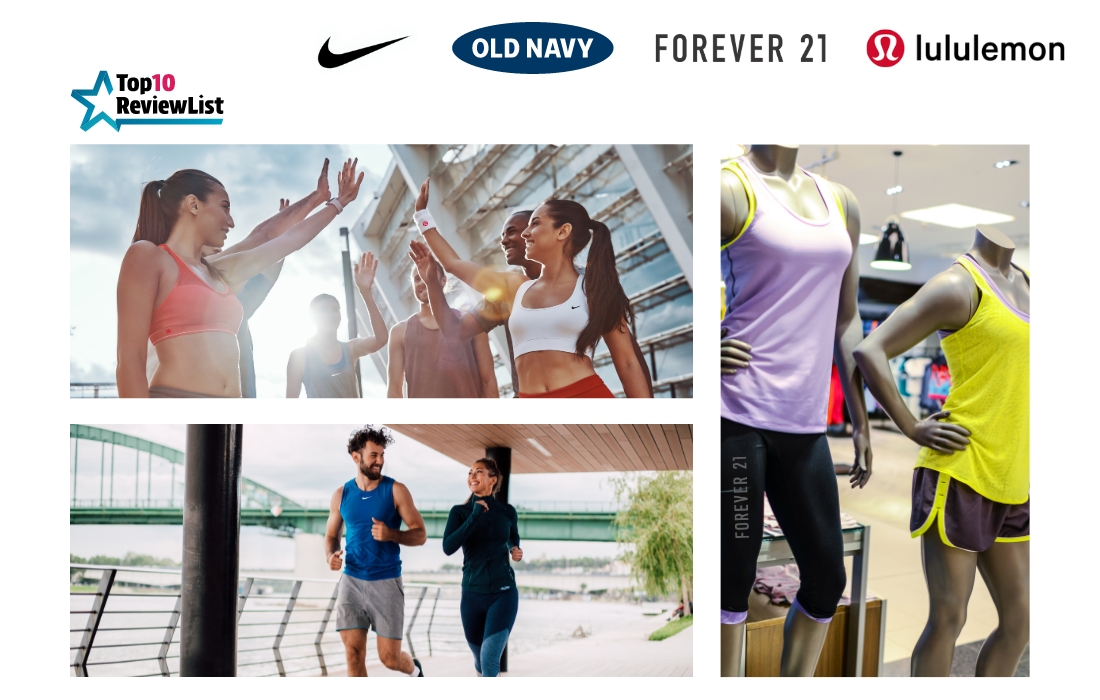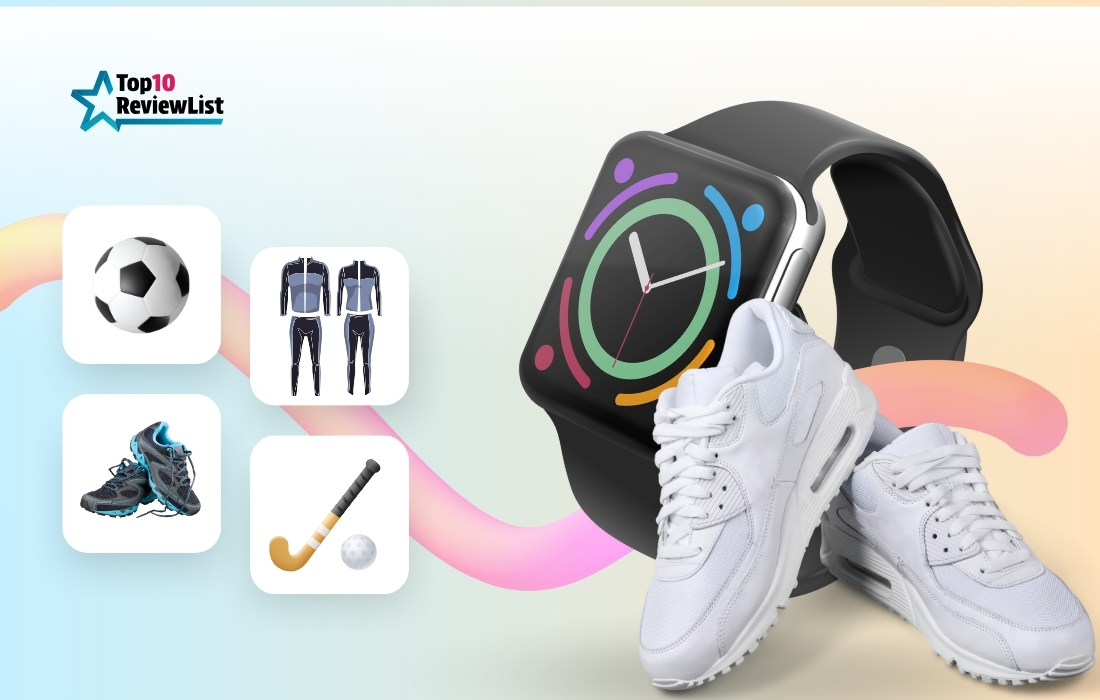If you’re looking to declutter your closet or make some extra cash, exploring resale sites is an excellent option to capitalize on your pre-owned clothes and jewelry. This comprehensive guide breaks down the top 10 sites, delving into their unique features, commission structures, and more.
Top 10 Platforms for Selling Your Clothes Online
1. ThredUp
ThredUp functions as a virtual thrift store, which would be a convenient choice for sellers who are looking for that. A mall that offers the latest in women’s and children’s clothing from the most popular to the most expensive brands is its specialty. For selling through Thredup, is either by ordering a Clean Out Kit or by printing a pre-paid shipping label, filling it with clothes, and sending it off without any charges. When you go to ThredUp, their experts will sort, photograph, and list your items.
Payouts are different; they increase as the item value goes up, but its upfront payout is lower than the payout you would be getting if you sold the item to a buyer directly. ThredUp is beneficial in different ways including that when you sell unsold items, they can be returned to you or be recycled sustainably.
2. The RealReal
The RealReal is an internet luxury consignment store featuring a niche in the world of expensive fashion items. This site is particularly distinguishable for its verification procedure, which guarantees the customers that the goods are real. Retailers can only deliver their products to The RealReal or they may schedule a free in-home pickup in some metropolitan areas. Once your items sell you will then receive the same percentage of the sale price.
The RealReal goes through all the hard work, like photographing, posting, and engaging with clients’ inquiries. It’s an attractive option for those with a collection of designer pieces.
3. Poshmark
Poshmark is the fashion’s media version of a social network. It has high interactivity levels as producers can interact with prospective buyers through shares, likes, and comments. It is quite easy to put any item up for sale on Poshmark. You take pictures, complete a description, write a price and sales are ready. When someone buys an item from Poshmark, we provide them a pre-paid shipping label.
While it is user-friendly, sellers need to be active in the platform to ensure the visibility of their listings and have the community feel engaged. In addition, Poshmark hosts Posh parties where attendees shop and sell virtual items that are themed around a specific brand, category, or theme.
4. Tradesy
The platform is easy-to-use with an emphasis on creating a superb experience for women who want to sell their fashion products. They are focused on the luxury segment, and this gives reason to make high-quality products available to connoisseurs.
They have a pricing assistant on the site who can help you out if needed. After an item is sold, they send you a pre-paid, pre-addressed shipping kit, together with lovely papers and packaging which makes the transaction more professional. Tradesy will deal with all returns as if there were no returns for sellers.
5. eBay
eBay is currently among the most commonly used names for online marketplaces. It enables you to sell garments either through auctioning or set-price advertising. User-base of the site could be vast which means items can be seen by millions of buyers. With that, you get the choice of how to list your items, either by setting the starting bids for your auctions or offering them as “Buy It Now” items.
eBay’s seller protection plan may guarantee safety for transactions, but it is important to set the right pricing and present the product well to stand out from the competition being fierce.
6. Grailed
Grailed has carved out a niche as the go-to platform for men’s fashion, appealing to a broad audience from streetwear enthusiasts to collectors of high-end fashion. The site is straightforward with a low commission rate compared to many competitors, which is attractive to sellers.
Grailed is heavily curated and fueled by a community passionate about men’s fashion, offering a high level of interaction between buyers and sellers. Due to its niche focus, sellers are more likely to reach interested buyers who appreciate the value of their offerings.
7. Material World
Material World offers a program for sellers to exchange their pre-loved designer apparel for credit, which can be used on their site to purchase new items or withdraw via PayPal. They are celebrated for taking on the logistics involved in selling. You just send in your items using the pre-paid shipping label, and their team takes care of the rest.
This service tends to accept items that are contemporary and in excellent condition, and, similar to ThredUp, simplifies the selling process albeit for a more designer-focused market.
8. Vestiaire Collective
Vestiaire Collective specializes in pre-owned luxury goods with a European flair, though it operates globally. This platform requires sellers to list items but then takes over the authentication process once a sale has been made. The commission fee drops as the item’s price increases, which incentivizes the selling of higher-end pieces.
Their international presence also opens the door to a broad audience. They’re known for a well-curated catalog and a process that ensures the authenticity of sold items, instilling confidence in buyers and sellers alike.
9. Refashioner
Refashioner is a boutique online marketplace that caters to vintage clothing enthusiasts. Each piece listed on the site comes with its story, connecting sellers with buyers who are passionate about the history and uniqueness of their clothes.
The emphasis on narrative and background makes this more of a community-centered platform than a straightforward marketplace. It’s an excellent choice for sellers with a collection of distinctive vintage pieces looking for buyers who will appreciate the items’ stories as much as their style.
10. Asos Marketplace
Asos Marketplace exists as a platform not just for selling second-hand items, but also for small independent brands to establish a storefront within the Asos website. Sellers can open ‘boutiques’ where they curate their own collections, whether that’s vintage finds or their designs.
The cost can be higher due to monthly charges and commission, but it grants access to Asos’ enormous customer base and comes with the professional presentation associated with the Asos brand. This marketplace is a good fit for sellers aiming to grow a business or create a dedicated brand identity online.
What Type of Clothes Will It Take?
When diving into the online resale market, understanding the type of clothes accepted by different platforms for selling your clothes is essential. Matching your clothing to the right consignment store ensures not only faster sales but also potentially higher profits.
RealReal and Vestiaire Collective
These platforms focus on designer brands, emphasizing authentication and buyer reliability. If you have high-end designer clothing, accessories, or bags, these sites provide a curated marketplace.
ThredUp
Ideal for regular mall brand clothing, ThredUp caters to a broad audience. If your closet contains quality women’s and kid’s mall brand items, ThredUp might be the perfect fit.
Poshmark
Poshmark accepts a wide range of brands, making it suitable for anyone looking to sell men’s, women’s, or kids’ clothing and accessories. Its inclusivity extends to children’s and menswear.
Who Pays for the Shipping?
Shipping logistics can significantly impact the convenience and cost-effectiveness of selling on a platform. Understanding the shipping policies of various resale sites is crucial for sellers.
Material World, ThredUp, and Tradesy
These platforms for selling your clothes offer prepaid shipping solutions, simplifying the process for sellers. The prepaid shipping label or bag provided by these sites makes it convenient to package and send your items.
RealReal
RealReal goes the extra mile by offering in-person pickups for eligible cities when you have 10 items or more. This personalized service adds a layer of convenience for sellers with a substantial inventory.
Who Does the Selling?
Consider your level of involvement in the selling process. Some platforms for selling your clothes require sellers to handle tasks like creating listings and sharing them on social media, providing more control. Others offer full-service options where the platform takes care of various selling tasks.
Poshmark
Poshmark is an example of a platform for selling your clothes that requires sellers to create listings and actively participate in the selling process. While you maintain control over your listings, the platform handles shipping and returns.
ThredUp and RealReal
ThredUp and RealReal provide full-service options, taking care of sorting, photographing, and selling items for sellers. This hands-off approach can be appealing for those looking to minimize their involvement.
What if My Stuff Doesn’t Sell?
Understanding the policies for unsold items is crucial, especially when considering the potential scenarios if your items don’t find a buyer.
ThredUp
ThredUp donates unsold items to charity or offers the option to return them for a fee. This provides sellers with flexibility in deciding the fate of their unsold clothing.
RealReal
RealReal gives sellers the option to have unsold items returned or donated after one year. This ensures that sellers have a say in the final disposition of their items.
How Much Commission Do I Get?
Commission structures vary widely across platforms for selling your clothes, and understanding these fees is crucial for sellers looking to maximize their earnings.
ThredUp
ThredUp’s commission ranges from 20-95%, depending on the sale price. The commission decreases as the item’s sale price increases, with a minimum of 20%.
RealReal
RealReal charges 30-55% commission, depending on the item’s sale price. Higher-end items may have a higher commission, and sellers must weigh this against the platform’s service levels.
How Do I Get Paid?
Payment options play a significant role in the overall selling experience. Different platforms for selling your clothes offer various payment methods, and sellers should choose one that aligns with their preferences.
Poshmark
Poshmark stands out by offering electronic bank transfer or check payments. This flexibility allows sellers to choose a payment method that suits their financial preferences.
ThredUp
ThredUp provides payment through PayPal, a pre-paid Visa card, or in-store credit. Sellers can choose the option that aligns with their financial goals.
Material World
Material World offers payment options like a pre-paid debit card or in-store credit. Sellers opting for PayPal may experience a slight reduction in their total payment.
Make Money From Your Clothes
With an array of options available, there’s no reason to hold back from monetizing your pre-worn clothing, accessories, and jewelry. Whether you opt for a DIY approach or leverage extra services, selling your old garments can be a rewarding endeavor.
Conclusion
In conclusion, the online resale market offers a multitude of platforms for selling your clothes catering to diverse needs and preferences. By understanding your priorities and carefully considering factors like commission, shipping, and service levels, you can confidently choose the platform that aligns with your selling style.
Remember, diving into the world of online resale is an opportunity to clear out your closet and turn your clothes into cash. So, explore the options, make informed decisions, and embark on a profitable journey of selling your pre-owned items.




